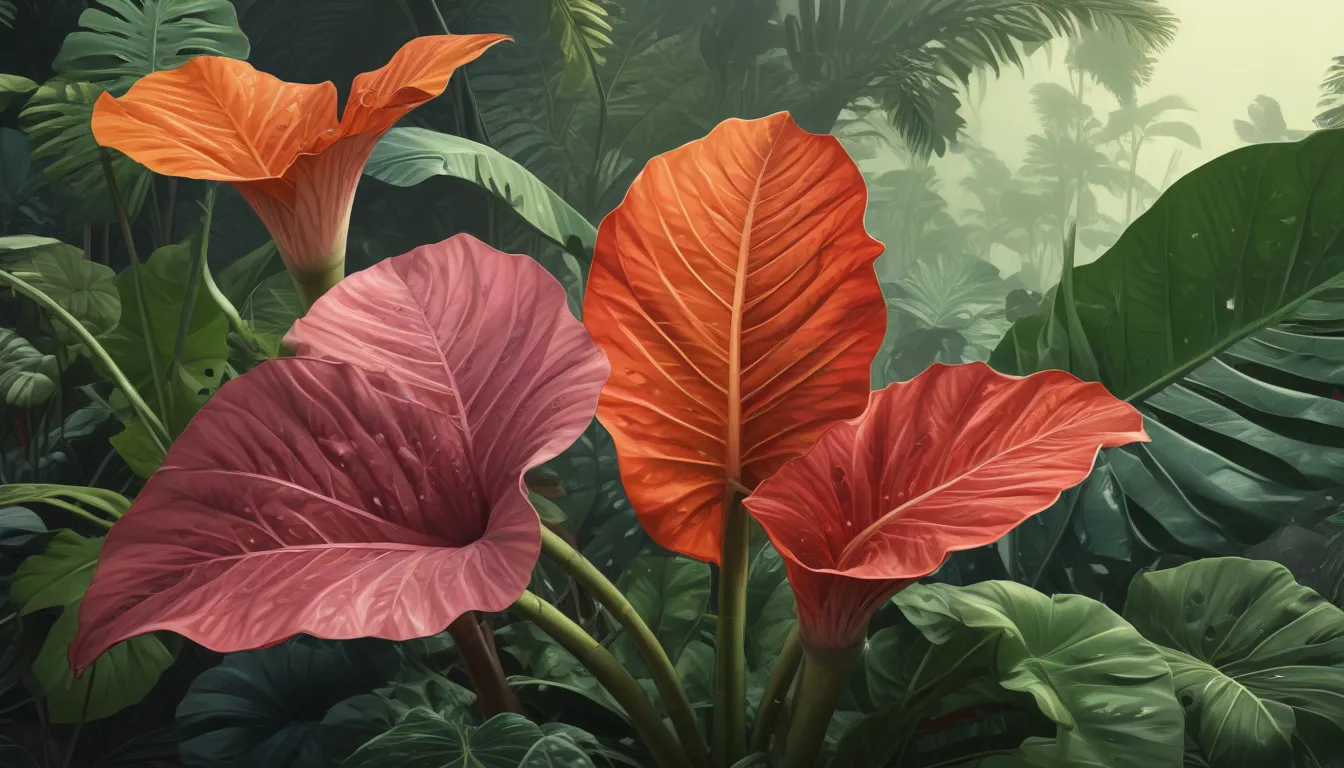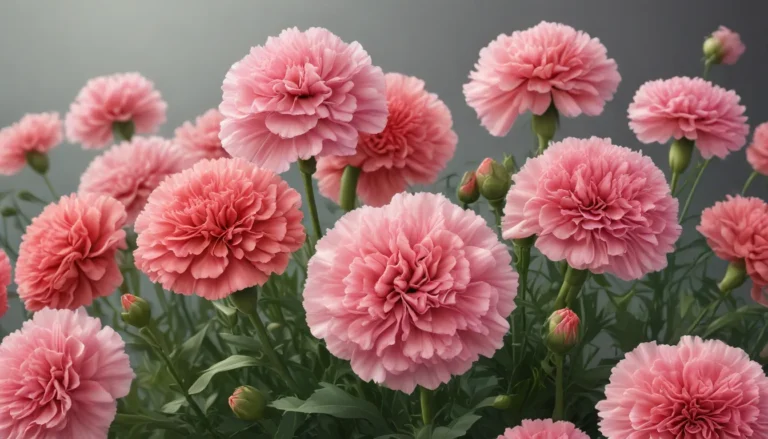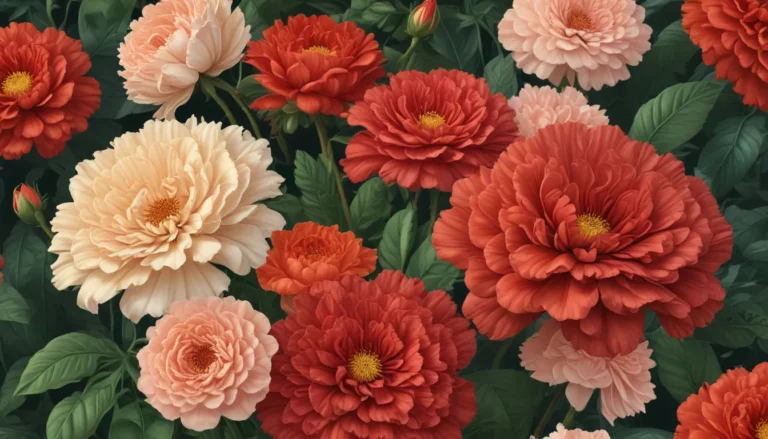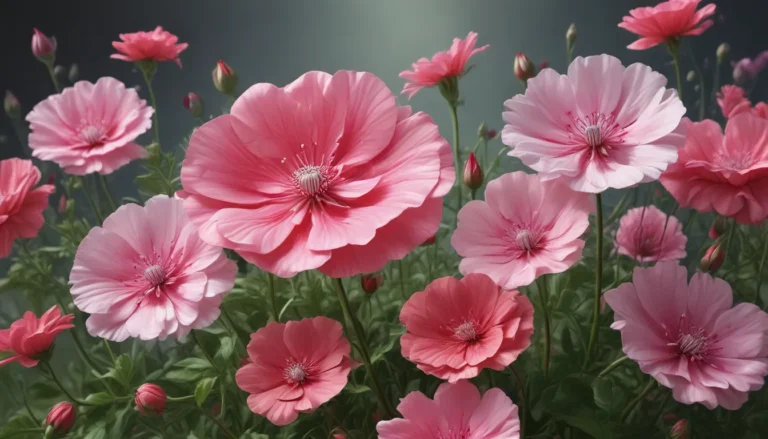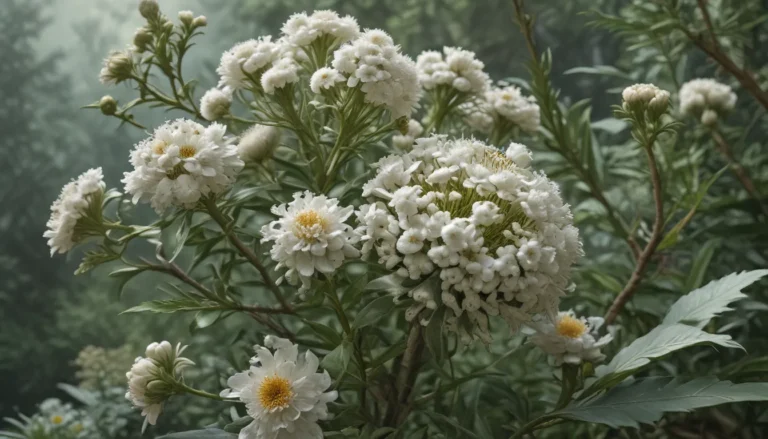The pictures we use in our articles might not show exactly what the words say. We choose these pictures to make you interested in reading more. The pictures work together with the words but don’t take their place. The words still tell you the important facts.
Are you a plant enthusiast intrigued by the mesmerizing beauty of Alocasia, also known as the Elephant Ear plant? This tropical wonder has garnered a following for its large, distinctive leaves and captivating allure. Delve deeper into the intriguing realm of Alocasia as we unveil twelve surprising facts about this botanical gem. From its origins in Southeast Asia to its air-purifying abilities, Alocasia promises to amaze and inspire you. Whether you're a seasoned plant lover or a budding green thumb, there's always something new to discover in the world of Alocasia plants.
The Fascinating World of Alocasia
Alocasia, a member of the Araceae family, is a tropical beauty known for its large, arrowhead-shaped leaves and striking patterns. Native to regions like Southeast Asia and Australia, these plants thrive in warm, humid climates reminiscent of their natural habitats. With leaves that can reach up to three feet in length, Alocasia plants make a bold statement in any indoor or outdoor setting.
The Allure of Alocasia Cultivars
The beauty of Alocasia plants lies not only in their size but also in their diverse cultivars. From the dramatic 'Black Velvet' to the vibrant 'Polly,' Alocasia offers a range of cultivars with unique leaf patterns and colors. Whether you have limited indoor space or a sprawling garden, there's a cultivar to suit every plant lover's taste.
Tips for Growing Alocasia
Whether you choose to grow Alocasia indoors or outdoors, providing the right conditions is key to their flourishing. Alocasia plants thrive in well-draining soil, so a mix of potting soil, perlite, and sand can ensure proper drainage and prevent root rot. These plants also appreciate high humidity levels, making them ideal for bathroom or humidifier placement. Remember to keep them out of reach of pets, as Alocasia plants are toxic if ingested.
Alocasia Care and Maintenance
Despite their exotic appearance, Alocasia plants are relatively low maintenance. Regular watering, fertilization during the growing season, and adequate light conditions can help your Alocasia thrive with minimal effort. Keep an eye on their watering needs, as overwatering can be detrimental to their health. When the colder months roll around, some Alocasia plants may enter a dormant state, conserving energy until conditions improve.
Alocasia Plants as Air Purifiers
In addition to their aesthetic appeal, Alocasia plants offer the added benefit of purifying the air in your home. By removing harmful toxins and pollutants, these plants contribute to creating a cleaner and healthier living environment. Embrace the natural air-purifying properties of Alocasia plants as they enhance the ambiance of your space.
Conclusion: Embrace the Wonder of Alocasia
As you embark on your journey into the enchanting world of Alocasia plants, be prepared to be amazed by their stunning foliage, unique growth patterns, and diverse cultivars. Whether you're an experienced plant enthusiast or a novice in the realm of greenery, Alocasia offers a wealth of options to explore. With their captivating allure and surprising facts, Alocasia plants are a must-have addition to any plant lover's collection.
FAQs: Unveiling More About Alocasia
Q: How often should I water my Alocasia plant?
A: Alocasias prefer moist soil but are prone to overwatering. Water them when the top inch of soil is dry, usually once a week. Check moisture levels before watering to avoid overwatering.
Q: Can I place my Alocasia plant in direct sunlight?
A: Alocasias thrive in bright, indirect light and can tolerate some morning or late afternoon sun. Avoid direct sunlight, as it can damage their delicate leaves.
Q: How often do Alocasias need fertilization?
A: Alocasias benefit from regular fertilization during the growing season, typically spring and summer. Use a balanced, water-soluble fertilizer every two to four weeks.
Q: Is it normal for leaves to turn yellow on my Alocasia plant?
A: Alocasia plants naturally shed older leaves, which may turn yellow. Excessive yellowing or other signs of distress indicate problems that need attention.
Q: Can I propagate my Alocasia plant?
A: Yes, Alocasias can be propagated through division or stem cuttings. Divide rhizomes and roots for propagation or take stem cuttings and root them in water or well-draining soil.
Explore the enchanting world of Alocasia plants and uncover the hidden gems that make them such extraordinary additions to any plant collection. Embrace the beauty, versatility, and air-purifying benefits of Alocasia as you cultivate your green oasis. Let the captivating allure of Alocasia brighten your day and ignite your passion for botanical wonders. Dive into the world of Alocasia, where every leaf tells a story of beauty and resilience.
